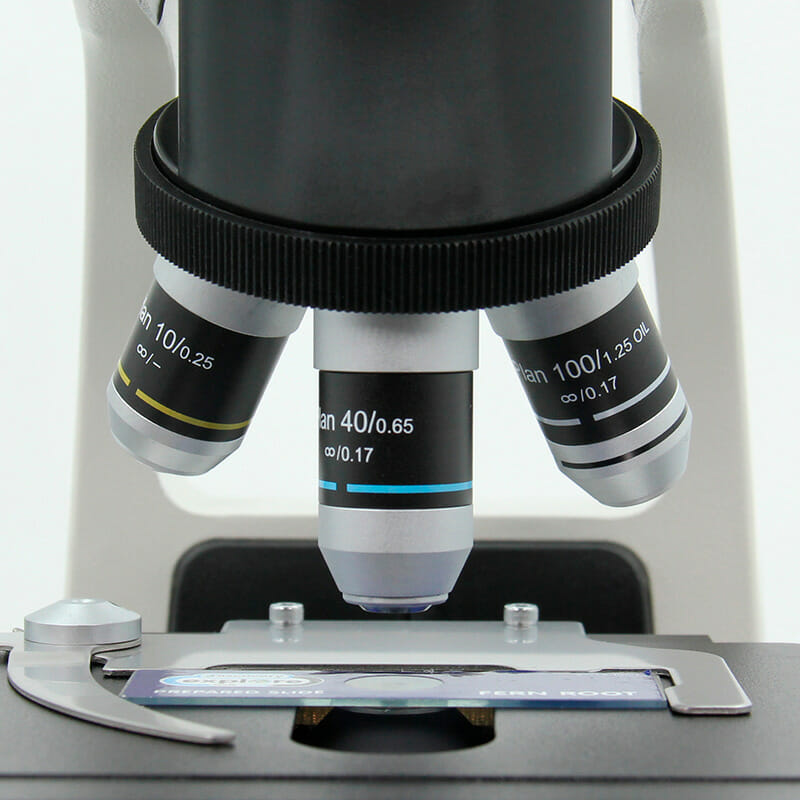Cervical cancer, cervical cancer or cervical cancer are among the leading causes of cancer death in women worldwide. It is a type of cancer caused in most cases by the human papillomavirus (HPV). This is an injury where malignant cells are present in the tissues of the cervix, which usually form slowly over time until the abnormal cells become cancerous, reproduce, and spread to deeper areas of the uterus. Most cervical cancer cases can be prevented through health programs aimed at detecting premalignant lesions for treatment, including Papanicolaou testing and biopsies.
Precancerous tests based on use of the microscope
The Papanicolaou test was first suggested by the Greek doctor George Papanicolaou in 1928, 15 years later, it was accepted by the medical community as a whole. A 1943 monograph provides a detailed description of how screening should be done. The development of this methodology led him to be the inventor of “vaginal cytology”, being a pioneer in cytopathology and early cancer screening.
Screening is done by analysts who, using an optical microscope, examine the cell sample for signs of malignancy. This method is used to detect changes in cells resulting from Human Papillomavirus. The sample is taken by a medical specialist with a spatula or brush to gently scrape the cell material, then placed on a glass slide about 25 × 50 mm. Cells are stained, fixed, and examined. Abnormal samples are processed in the laboratory using a low-power microscope (colposcope) to observe tissue reflectivity. This procedure not only finds invasive cancer tests, but also detects cancer precursors, allowing for early and effective treatment.
Biopsy is another common test method used to diagnose a certain type of cancer. This involves analyzing the morphology and structure of cells or tissues in the cervix through the microscope. Doing this study is the only way to determine whether an abnormal area is cancer. To do this, a small piece of tissue is removed from the apparently injured area.
Using the microscope to screen for cervical cancer
High-resolution optical technologies can improve the accuracy and availability of cervical cancer screening tests, which identify changes in tissue architecture, cell morphology, and biochemical composition. The microscope provides a highly sensitive and specific diagnosis of suspect areas. In addition, histological techniques such as staining are available which allow the use of staining agents to detect changes in tissues.
Most advanced precursors have vascular changes resulting from development of new blood vessels. This can be observed and quantified using microscopic image analysis approaches. To visually detect these changes, it is necessary to observe near the limit of optical resolution because the precancerous lesion may be quite small and local. Consequently, a high-power lens is used, generally 40x. Projection is initially performed at low resolution using a 10x lens, and when you see something suspicious, the filter changes to 40x.
Types of cervical cancer are classified by how they look when viewed with a microscope, the most common being:
- Squamous cell carcinoma: it develops from premalignant lesions of the lining of the outer surface of the neck by the formation of numerous layers of cells which peel.
- Adenocarcinoma: Occurs when the epithelium that covers the inner part of the cervical canal, formed by a single layer of glandular or mucus-producing cells, is cancerous.
- Malignant tumors: They develop from other types of cells that cause sarcomas, neuroendocrine carcinomas, melanomas, and so on.
At KALSTEIN we are MANUFACTURER, we offer you variety in types of optical microscopes, with cutting-edge technology. If you would like to know more about our equipment, the PRICE, the BUY or the SALE, go HERE

